Home>Articles>How Long Does It Take To Cook A Pork Roast In A Slow Cooker
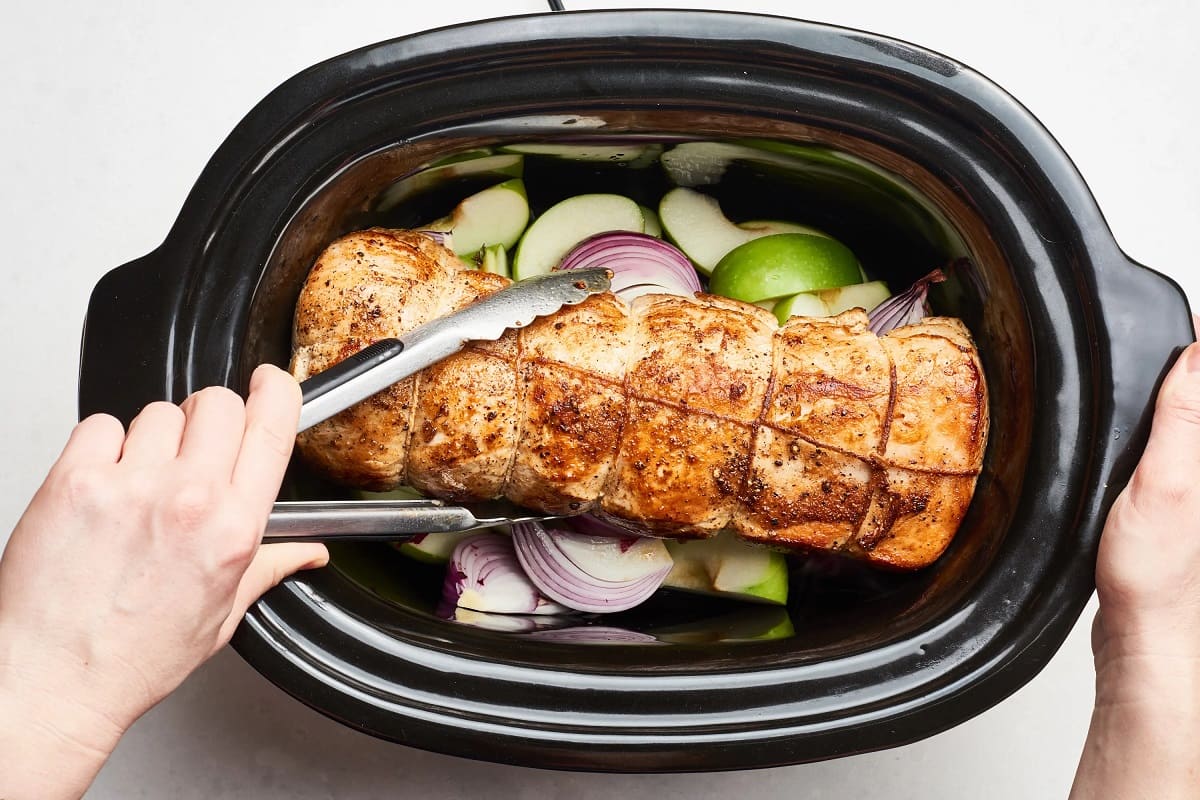

Articles
How Long Does It Take To Cook A Pork Roast In A Slow Cooker
Modified: February 29, 2024
Discover the perfect cooking time for a pork roast in a slow cooker. Read our informative articles for step-by-step instructions and cooking tips.
(Many of the links in this article redirect to a specific reviewed product. Your purchase of these products through affiliate links helps to generate commission for Storables.com, at no extra cost. Learn more)
Introduction
Cooking a pork roast in a slow cooker is not only convenient but also a great way to achieve tender, flavorful meat. The slow, gentle cooking process helps break down the connective tissues in the pork, resulting in a melt-in-your-mouth texture that is hard to achieve with other cooking methods. Whether you’re a beginner in the kitchen or an experienced cook, using a slow cooker for your pork roast can be a game-changer.
In this article, we will explore the benefits of cooking pork roast in a slow cooker, discuss how to choose the right cut of pork roast, go over the steps to prepare the pork roast for slow cooking, explore various seasoning and flavoring options, provide guidelines for cooking time and temperature, discuss how to check for doneness, and offer tips and tricks for slow cooking a perfect pork roast.
By the end of this article, you’ll have all the information you need to confidently cook a tender and delicious pork roast in your slow cooker.
Key Takeaways:
- Slow cooking a pork roast in a slow cooker offers convenience, tenderness, and enhanced flavor. Experiment with different cuts, seasonings, and cooking times for a delicious and satisfying meal.
- Choosing the right cut of pork roast, properly seasoning and flavoring it, and following cooking time and temperature guidelines are essential for achieving a succulent and flavorful pork roast. Enjoy the process, experiment with flavors, and savor the delicious results!
Read more: How To Cook A Pork Roast In Slow Cooker
Benefits of Cooking Pork Roast in a Slow Cooker
Cooking a pork roast in a slow cooker offers a range of benefits that make it a preferred method for many home cooks. Here are some of the advantages:
- Tender and Juicy Meat: Slow cooking allows the pork roast to cook gently over a long period of time, resulting in a tender and juicy meat. The low, steady heat helps to break down the collagen in the meat, making it incredibly tender.
- Convenience: The slow cooker does most of the work for you. Simply season the pork roast, set the temperature and cooking time, and let the slow cooker work its magic. You can go about your day without having to constantly check on the roast.
- Time-saving: Slow cooking allows you to prepare the pork roast ahead of time and then leave it to cook for hours, freeing up your time to focus on other tasks. It’s a great option for busy individuals or families.
- Enhanced Flavor: Slow cooking allows the flavors of the seasoning and ingredients to fully penetrate the meat. As the meat slowly cooks, it absorbs the flavors, resulting in a more flavorful and delicious pork roast.
- Economical: Pork roasts are generally more affordable compared to other cuts of meat. By using a slow cooker, you can transform a budget-friendly pork roast into a delicious and satisfying meal.
- Versatility: Slow cooking gives you the freedom to experiment with different flavors and ingredients. You can add vegetables, herbs, spices, or even fruits to your slow cooker to create a variety of unique and flavorful dishes.
- Healthy Cooking: When you slow-cook a pork roast, the fat renders out, making it a healthier option compared to other cooking methods that require added fats or oils. Slow cooking also retains more nutrients in the meat and ingredients.
- No-Fuss Cleanup: Cooking in a slow cooker means fewer pots and pans to clean up. Most slow cooker inserts are removable and easy to clean, making the post-cooking cleanup a breeze.
These benefits make slow cooking an ideal method for preparing a pork roast. The convenience, tenderness, and enhanced flavor truly make it a standout technique in the world of cooking.
Choosing the Right Cut of Pork Roast
When it comes to cooking a pork roast in a slow cooker, choosing the right cut of meat is crucial to achieving the best results. Here are some popular cuts of pork roast that work well in a slow cooker:
- Pork Shoulder: Also known as pork butt or Boston butt, the pork shoulder is a flavorful and well-marbled cut that is perfect for slow cooking. It is relatively inexpensive and becomes tender and juicy when cooked low and slow.
- Pork Loin: The pork loin is a leaner cut, known for its tenderness and mild flavor. It’s a great option if you prefer a leaner roast. However, since it has less fat, it can dry out if overcooked, so it’s important to monitor the cooking time.
- Pork Tenderloin: Pork tenderloin is the most tender and leanest cut of pork roast. It cooks relatively quickly compared to other cuts, so you need to be cautious not to overcook it in the slow cooker. It’s a great choice if you’re looking for a quick and tender meal.
- Pork Sirloin Roast: The pork sirloin roast is a versatile cut that can be roasted or slow-cooked. It has a good balance of fat and meat, resulting in a juicy and flavorful roast.
- Pork Rib Roast: Pork rib roast, also known as rack of pork, is a flavorful and tender cut. It comprises the rib bones and a layer of fat, which adds flavor and moisture to the meat. It’s perfect for special occasions or when you want to impress your guests.
When choosing a pork roast, look for one that is well-trimmed with a good amount of marbling. This ensures that the roast remains moist and flavorful during the slow cooking process. Additionally, consider the size of the roast and the number of people you are serving to ensure you have the right amount.
Remember, the cut of meat you choose will affect the cooking time and temperature, so be sure to adjust accordingly. Read the label or consult your butcher if you’re unsure about the cut of pork roast you’re purchasing.
The right cut of pork roast will make a significant difference in the taste and texture of your final dish. Take the time to choose the perfect cut and get ready to enjoy a mouthwatering meal.
Preparing the Pork Roast for Slow Cooking
Before you begin slow cooking your pork roast, it’s essential to properly prepare it to ensure maximum flavor and tenderness. Here are the steps to follow in preparing your pork roast for slow cooking:
- Trim excess fat: Trim any excessive fat from the pork roast, leaving a thin layer for flavor and moisture.
- Season the roast: Generously season the pork roast with salt and pepper on all sides. You can also add additional spices or herbs to enhance the flavor. Rub the seasonings into the meat to ensure even distribution.
- Sear the roast (optional): For an extra depth of flavor, consider searing the pork roast before placing it in the slow cooker. Heat a skillet with a bit of oil over medium-high heat and sear the roast on all sides until it forms a golden brown crust. This step is optional but can add a delicious caramelized flavor to the meat.
- Prepare the slow cooker: Preheat your slow cooker on the low or high setting, depending on the recommended cooking time for your pork roast. If your slow cooker has a removable insert, you can prepare it by greasing it with a light coat of cooking spray or oil to prevent sticking.
- Add liquid: Depending on your recipe, you may need to add a liquid to the slow cooker. This can be broth, stock, wine, or even water. The liquid adds moisture and helps infuse flavor into the pork roast as it cooks. However, be cautious not to add too much liquid, as the meat will release its own juices during the slow cooking process.
- Place the roast in the slow cooker: Carefully transfer the seasoned or seared pork roast into the slow cooker, ensuring it fits comfortably without overcrowding the cooker.
Cover the slow cooker with the lid, and you’re ready to start the slow cooking process. Remember to follow the recommended cooking temperature and time for your specific cut of pork roast.
Preparing the pork roast before slow cooking helps to enhance the flavors and ensure a succulent final result. Take the time to properly season and prepare your roast, and you’ll be rewarded with a delicious and tender meal.
Seasoning and Flavoring Options
When it comes to seasoning and flavoring your pork roast for slow cooking, the options are endless. Here are some popular seasonings and flavoring options to consider:
- Classic Herbs and Spices: A simple combination of salt, black pepper, garlic powder, and onion powder can enhance the natural flavors of the pork roast. You can also add other herbs like rosemary, thyme, or sage for additional depth of flavor.
- Sweet and Savory Rubs: Experiment with sweet and savory rubs to add a unique twist to your pork roast. A blend of brown sugar, paprika, chili powder, cumin, and cinnamon can create a delicious combination of flavors.
- Marinades: Marinating the pork roast overnight can infuse it with rich flavors and tenderize the meat. Consider using a marinade made of soy sauce, Worcestershire sauce, garlic, ginger, and honey for a sweet and tangy taste.
- Fruit and Citrus: Pairing pork with fruits and citrus can add a refreshing and bright flavor. You can add sliced oranges, lemons, or apples to the slow cooker along with the pork roast for a burst of fruity goodness.
- Barbecue Sauce: Brushing your pork roast with barbecue sauce during the slow cooking process can create a smoky, tangy, and slightly sweet flavor profile. Use your favorite store-bought sauce or experiment with homemade recipes.
- Asian-inspired Flavors: Create an Asian-inspired twist by seasoning your pork roast with soy sauce, ginger, garlic, sesame oil, and a touch of honey. This combination will give your roast a delicious umami flavor.
- Spicy Kick: If you enjoy bold and spicy flavors, consider adding cayenne pepper, crushed red pepper flakes, or your favorite hot sauce to add some heat to your pork roast. Be cautious with the amount to avoid overpowering the other flavors.
Remember to adjust the seasonings and flavorings according to your personal preferences. Feel free to get creative and experiment with different combinations to find your favorite flavor profile.
When slow cooking your pork roast, the flavors will develop and meld together over time, resulting in a flavorful and aromatic dish that will keep everyone coming back for more.
For a 3-4 pound pork roast, it typically takes 6-8 hours on low or 3-4 hours on high in a slow cooker. Use a meat thermometer to ensure it reaches an internal temperature of 145°F for safe consumption.
Read more: How Long To Cook Pork Roast On Stove Top
Cooking Time and Temperature Guidelines
The cooking time and temperature for your pork roast will depend on the cut of meat, the size of the roast, and your desired level of doneness. Here are some general guidelines to follow when it comes to cooking time and temperature for a pork roast in a slow cooker:
- Cooking Temperature: Most slow cookers have two temperature settings – low and high. The low setting usually operates at around 190°F (87°C), while the high setting operates at around 300°F (149°C). Slow cooking on the low setting is recommended for tender, melt-in-your-mouth results.
- Pork Shoulder: A pork shoulder roast typically takes 8-10 hours on low or 4-6 hours on high to become tender. The internal temperature should reach 145°F (63°C) for medium-rare or 160°F (71°C) for medium doneness.
- Pork Loin: A pork loin roast will generally take 6-8 hours on low or 3-4 hours on high to cook to perfection. It is recommended to cook the pork loin until it reaches an internal temperature of 145°F (63°C) for medium-rare or 160°F (71°C) for medium doneness.
- Pork Tenderloin: Due to its lean nature, a pork tenderloin will cook relatively quickly. It typically takes 4-6 hours on low or 2-3 hours on high. The internal temperature should reach 145°F (63°C) for medium-rare or 160°F (71°C) for medium doneness.
- Pork Sirloin Roast: A pork sirloin roast will generally take 7-9 hours on low or 4-5 hours on high. It is recommended to cook the sirloin roast until it reaches an internal temperature of 145°F (63°C) for medium-rare or 160°F (71°C) for medium doneness.
- Pork Rib Roast: A pork rib roast typically takes 6-8 hours on low or 3-4 hours on high to cook thoroughly. It is recommended to cook the rib roast until it reaches an internal temperature of 145°F (63°C) for medium-rare or 160°F (71°C) for medium doneness.
It’s important to note that these guidelines are approximate, and the cooking time may vary based on factors such as the power of your slow cooker and the specific cut of meat. It’s always best to use a meat thermometer to check for the desired level of doneness.
Keep in mind that the slow cooking process is all about low heat and long cooking times, so avoid opening the slow cooker lid frequently to prevent heat loss and extended cooking time.
By following these guidelines and using a meat thermometer to ensure proper cooking temperatures, you’ll achieve flavorful and perfectly cooked pork roast every time.
Checking for Doneness
Ensuring that your pork roast is cooked to the right level of doneness is essential for a safe and delicious meal. Here are a few methods to check if your pork roast is cooked to perfection:
- Meat Thermometer: The most reliable way to determine if your pork roast is cooked is by using a meat thermometer. Insert the thermometer into the thickest part of the meat, away from the bone, to get an accurate reading. For pork, the recommended internal temperature is 145°F (63°C) for medium-rare and 160°F (71°C) for medium doneness. Make sure to insert the thermometer halfway into the meat for precise readings.
- Visual Check: Another way to check for doneness is through visual cues. Slice into the thickest part of the pork roast, and the meat should appear moist and slightly pink in the center for medium-rare or pale pink for medium doneness. If the meat is still visibly raw, it requires more cooking time.
- Texture Test: To determine if the pork roast is cooked to your liking, you can perform a texture test. Use a fork or tongs to gently pull the meat apart. If it easily shreds and is tender, it is likely cooked to the desired doneness. If it is still tough and resistant, it needs more time to cook.
Remember, cooking times are approximate, and the internal temperature is the most reliable indicator of doneness. Overcooking the pork roast can result in dry and tough meat, so it’s important to monitor the temperature and remove the roast from the slow cooker as soon as it reaches the desired level of doneness.
Once your pork roast has reached the recommended temperature and doneness, it’s important to remove it from the slow cooker and allow it to rest for 10-15 minutes before slicing. This allows the juices to redistribute throughout the meat, resulting in a more flavorful and juicy final product.
With these methods of checking for doneness, you can confidently serve a perfectly cooked pork roast that is both safe to eat and bursting with delicious flavors.
Resting and Serving the Pork Roast
Resting your pork roast after cooking is a crucial step that allows the juices to redistribute, ensuring a moist and flavorful final result. Here are the steps to properly rest and serve your pork roast:
- Remove from the slow cooker: Carefully remove the cooked pork roast from the slow cooker, using tongs or a carving fork. Place it onto a cutting board or a serving platter.
- Tent with foil: Loosely tent the pork roast with aluminum foil. This will help retain the heat and prevent it from getting cold while it rests.
- Resting time: Let the pork roast rest for 10-15 minutes. This resting period allows the juices to redistribute throughout the meat, resulting in a tender and juicy roast.
- Slice and serve: After the resting period, use a sharp knife to slice the pork roast to your desired thickness. Cutting against the grain will help ensure the most tender slices. Arrange the slices on a serving platter or individual plates.
- Optional pan drippings: If desired, you can strain the pan drippings from the slow cooker and use them as a flavorful sauce or gravy to accompany the pork roast. Skim off any excess fat before using or thickening the drippings.
Once the pork roast has been sliced and plated, it’s time to serve and enjoy your flavorful creation. Pork roast pairs well with a wide variety of sides, such as roasted vegetables, mashed potatoes, steamed rice, or a fresh salad. The succulent meat will be the star of the meal, delighting your family and guests.
Remember, leftover pork roast can be stored in the refrigerator for up to three to four days. Use the leftover meat for sandwiches, tacos, or stir-fries for a delicious, versatile meal.
By properly resting and serving your pork roast, you’ll ensure that it retains its juiciness and flavor, taking your dining experience to a whole new level.
Tips and Tricks for Slow Cooking Pork Roast
Slow cooking a pork roast requires some attention to detail to achieve the best results. Here are some helpful tips and tricks to keep in mind:
- Select the right size slow cooker: Choose a slow cooker that fits the size of your pork roast comfortably. The cooker should not be too large, as this can lead to uneven cooking.
- Preheat the slow cooker: Preheating your slow cooker for about 10-15 minutes before adding the pork roast helps to jumpstart the cooking process and ensures even heat distribution.
- Avoid lifting the lid: It’s tempting to peek inside the slow cooker, but try to resist the urge. Lifting the lid releases valuable heat, which can significantly increase the cooking time.
- Trim excess fat: While some fat is necessary for flavor, trimming excessive amounts of fat from the pork roast helps reduce greasiness and ensures a more balanced final result.
- Use a meat thermometer: Invest in a reliable meat thermometer to accurately measure the internal temperature of the pork roast. This ensures it reaches the optimal level of doneness.
- Add liquids sparingly: Slow cooking produces a fair amount of liquid, so it’s important not to add excessive liquids to the slow cooker. Too much liquid can dilute the flavors and affect the texture of the pork roast.
- Experiment with flavors: Don’t be afraid to get creative with your seasoning and flavoring options. Try different spice blends, marinades, or sauces to discover unique and delicious combinations.
- Consider searing the meat: While optional, searing the pork roast before slow cooking can add a beautiful caramelized crust and enhance the overall flavor of the final dish.
- Allow for proper resting time: Allowing the pork roast to rest after cooking ensures that the juices redistribute, resulting in a moist and tender final result. Avoid cutting into the meat immediately to prevent the juices from escaping.
- Don’t overcook: Slow cooking is about low and slow heat. Avoid overcooking your pork roast, as it can lead to dry and tough meat. Follow the recommended cooking temperatures and times for your specific cut.
By following these tips and tricks, you’ll be well on your way to mastering the art of slow cooking pork roast. Enjoy the process, experiment with flavors, and savor the delicious results!
Conclusion
Cooking a pork roast in a slow cooker is a fantastic way to achieve tender, juicy, and flavorful meat. The low and slow cooking process allows the pork roast to become fork-tender, while infusing it with delicious seasonings and flavors. Whether you’re a beginner in the kitchen or a seasoned cook, slow cooking a pork roast is a convenient and foolproof method that yields outstanding results.
In this article, we explored the benefits of using a slow cooker for pork roast, discussed how to choose the right cut of meat, covered the steps to prepare and season the pork roast, provided guidelines on cooking time and temperature, shared methods to check for doneness, and offered tips and tricks to enhance your slow cooking experience.
By selecting the right cut of pork roast, properly seasoning and flavoring it, cooking it at the correct temperature and time, and checking for doneness using a meat thermometer, you can achieve a perfectly succulent and delicious pork roast every time. Remember to allow the roast to rest before slicing, as this ensures that the juices redistribute, resulting in a more flavorful and enjoyable eating experience.
Slow cooking a pork roast opens up a world of culinary possibilities. You can experiment with different seasonings, marinades, and flavor profiles to suit your taste preferences and create a dish that will impress your family and guests. The versatility of slow cooking allows you to get creative with ingredients, making it an exciting and enjoyable cooking method.
So, next time you’re looking for a comforting and satisfying meal, consider slow cooking a pork roast. With the right techniques and a bit of patience, you’ll be rewarded with a tender, flavorful, and utterly delicious pork roast that will leave everyone asking for seconds.
Frequently Asked Questions about How Long Does It Take To Cook A Pork Roast In A Slow Cooker
Was this page helpful?
At Storables.com, we guarantee accurate and reliable information. Our content, validated by Expert Board Contributors, is crafted following stringent Editorial Policies. We're committed to providing you with well-researched, expert-backed insights for all your informational needs.
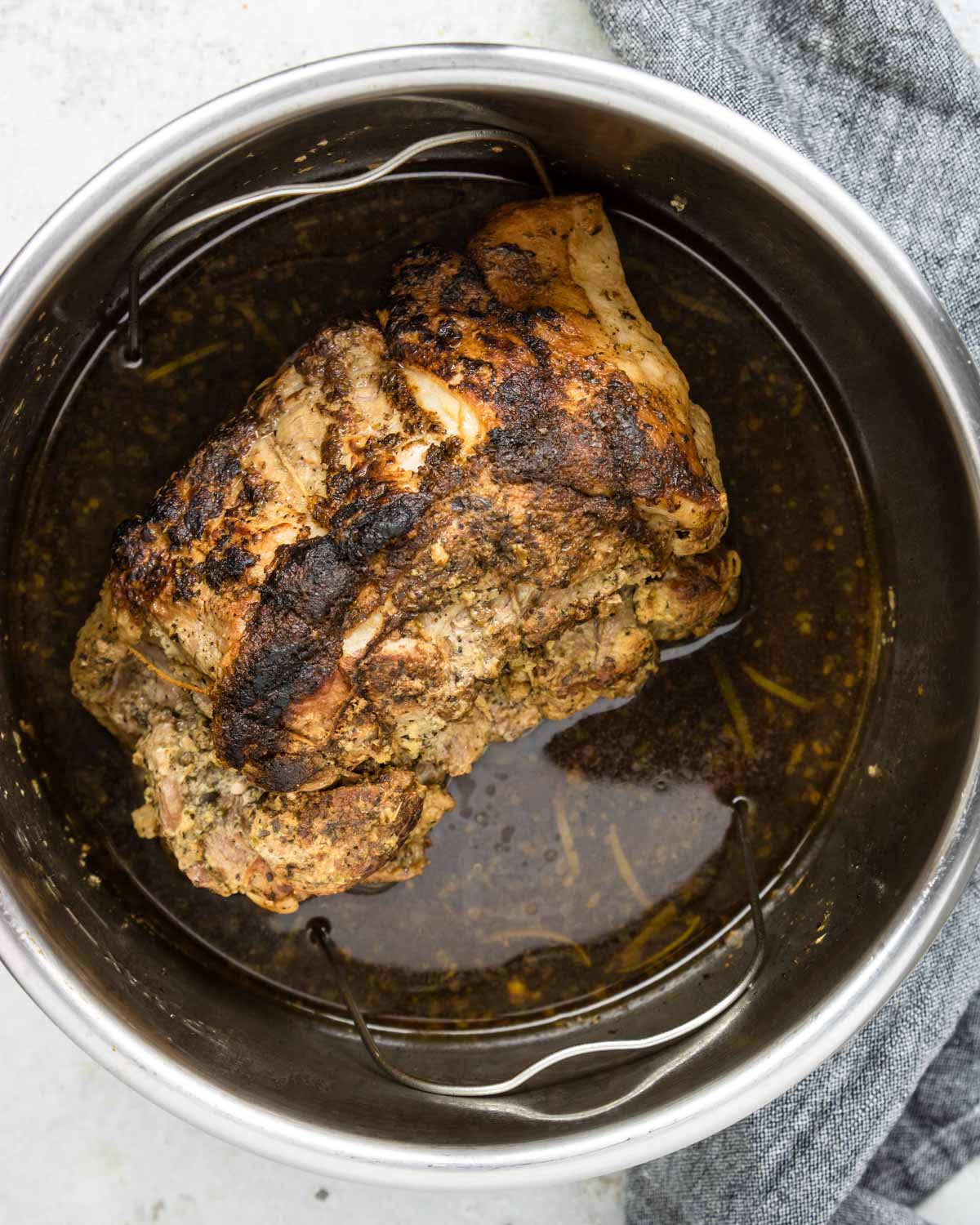
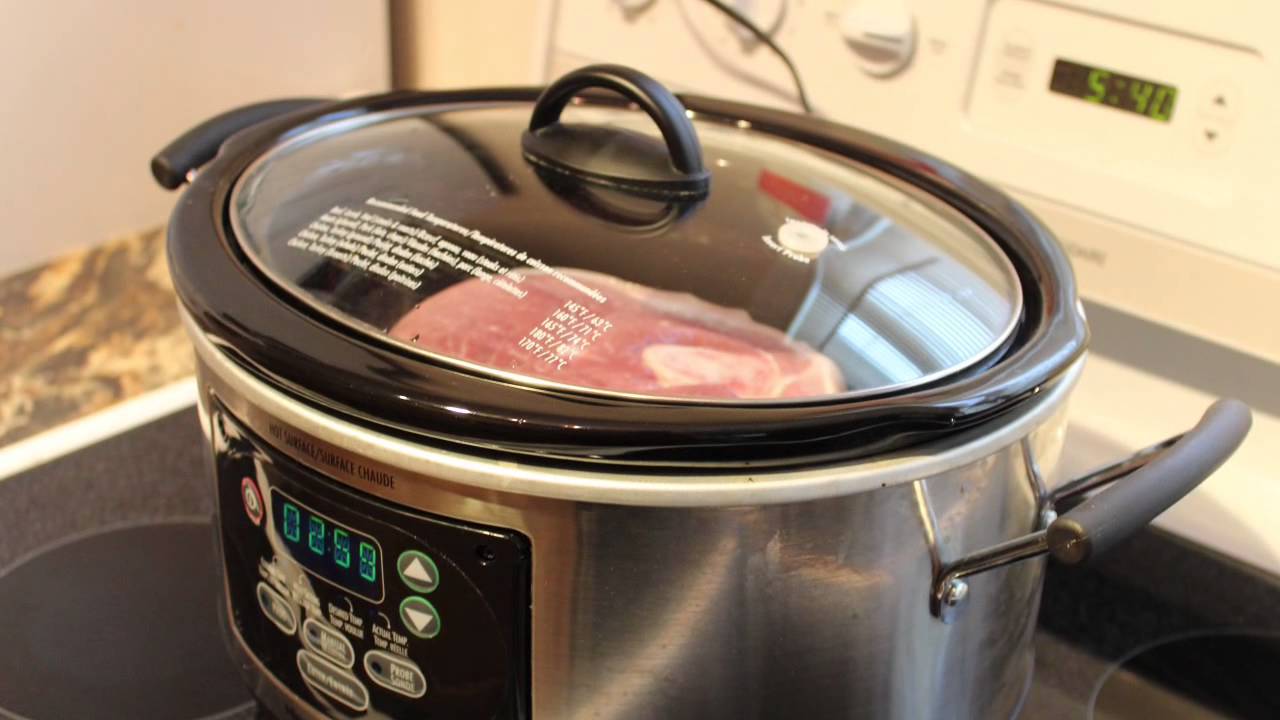
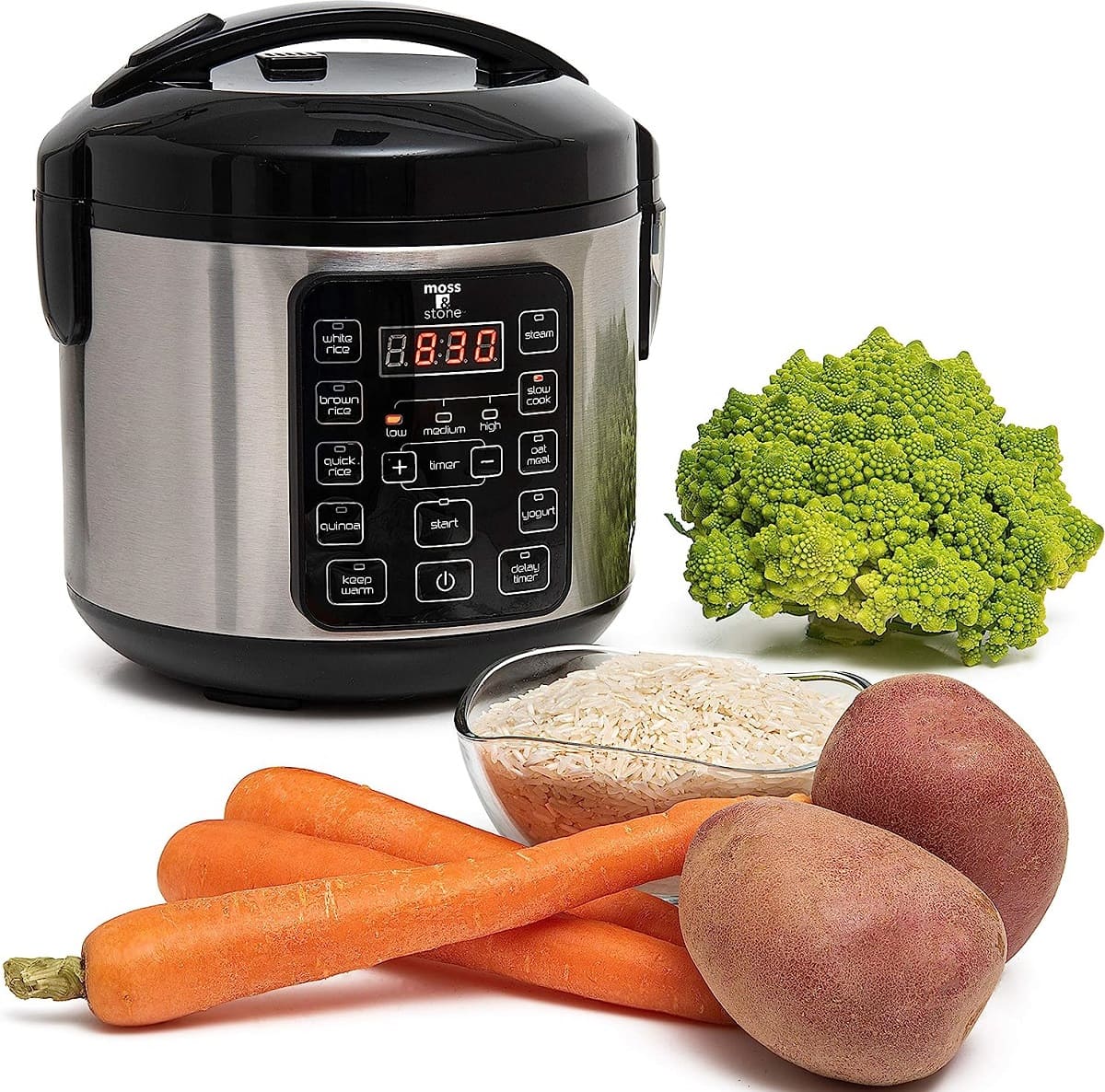
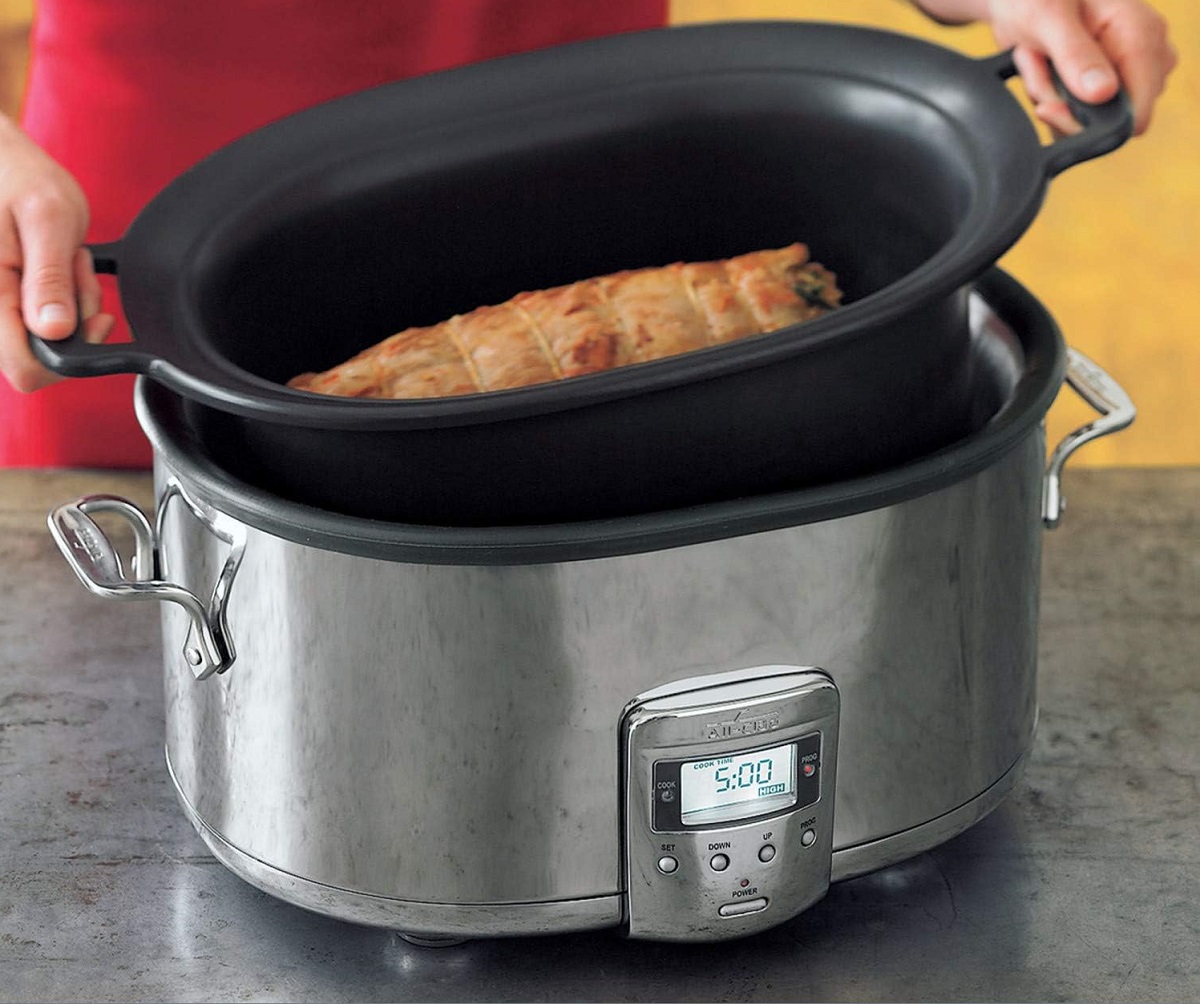
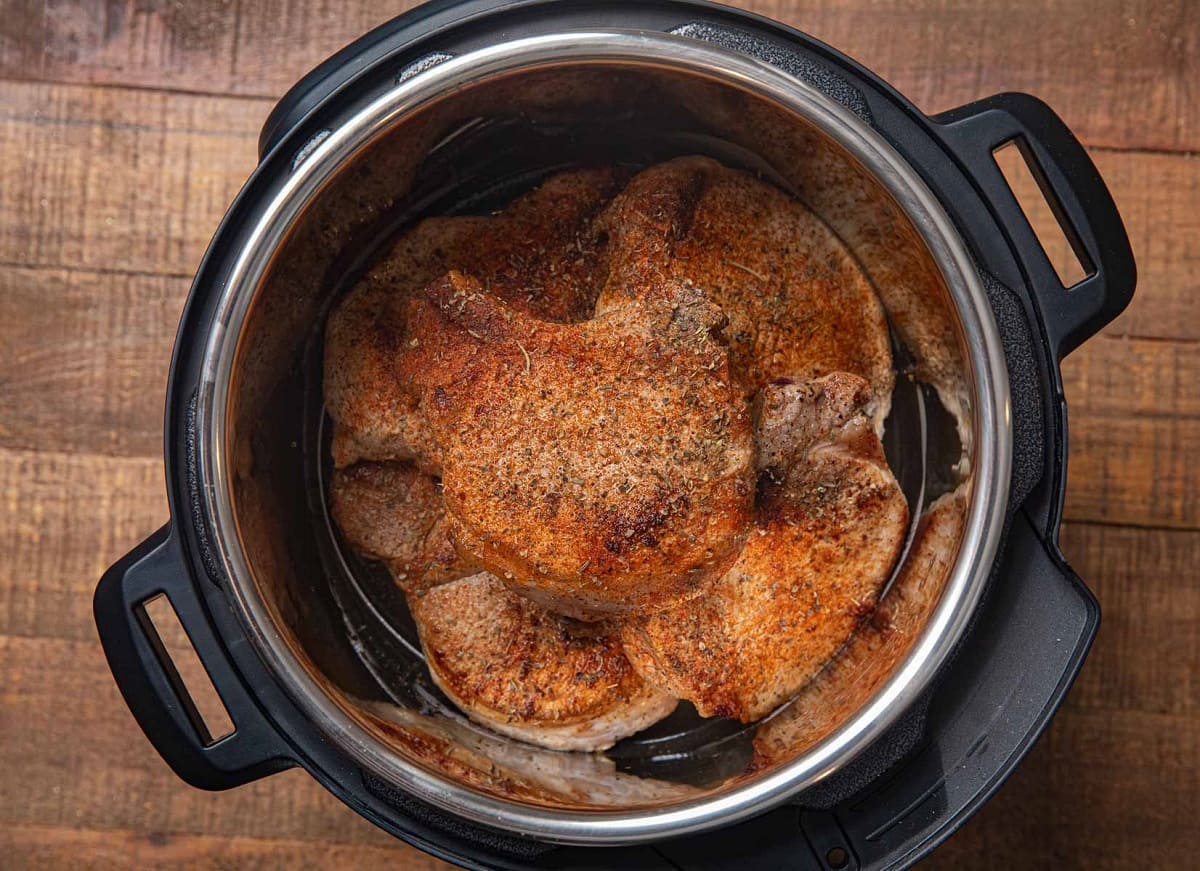
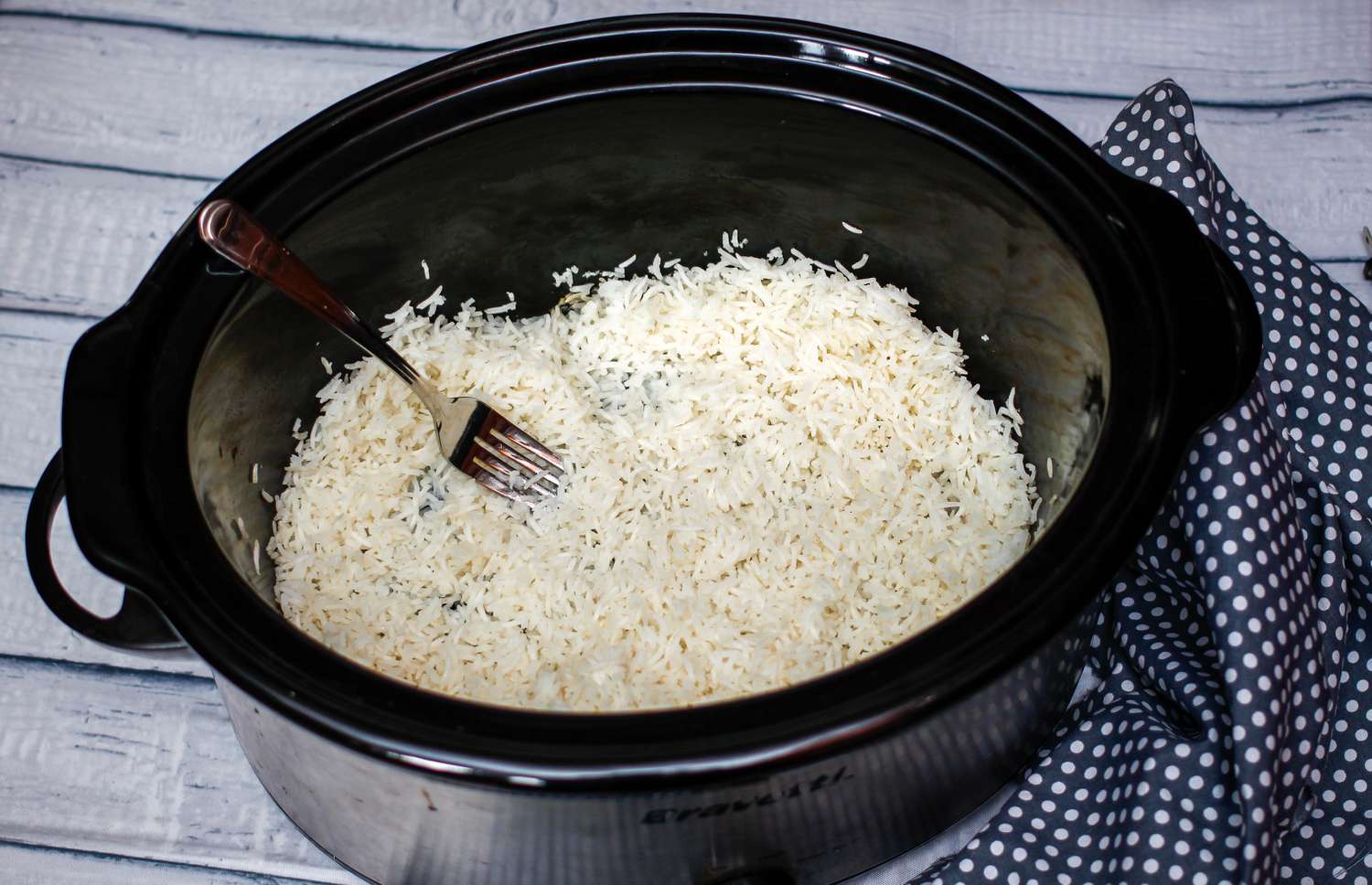
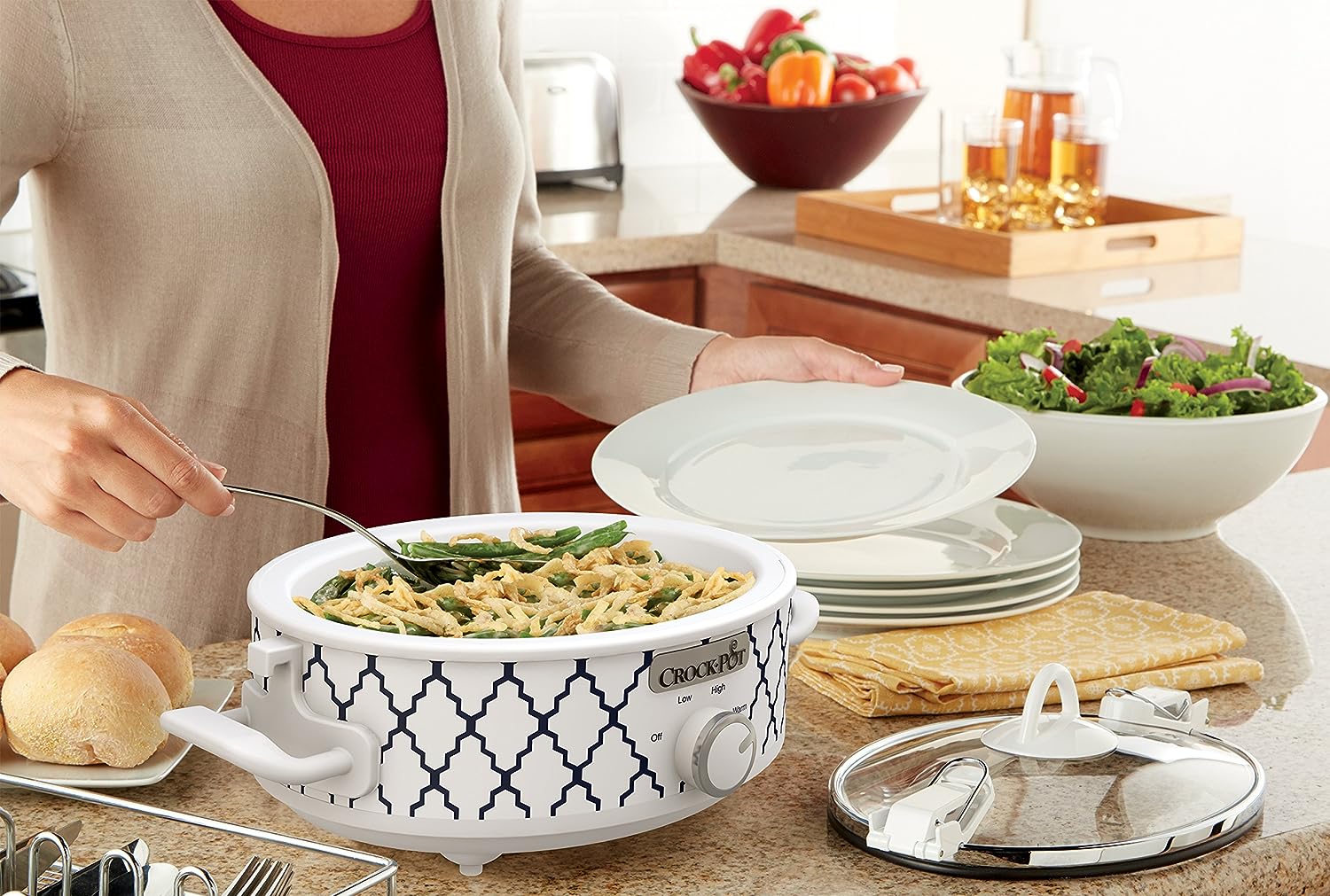
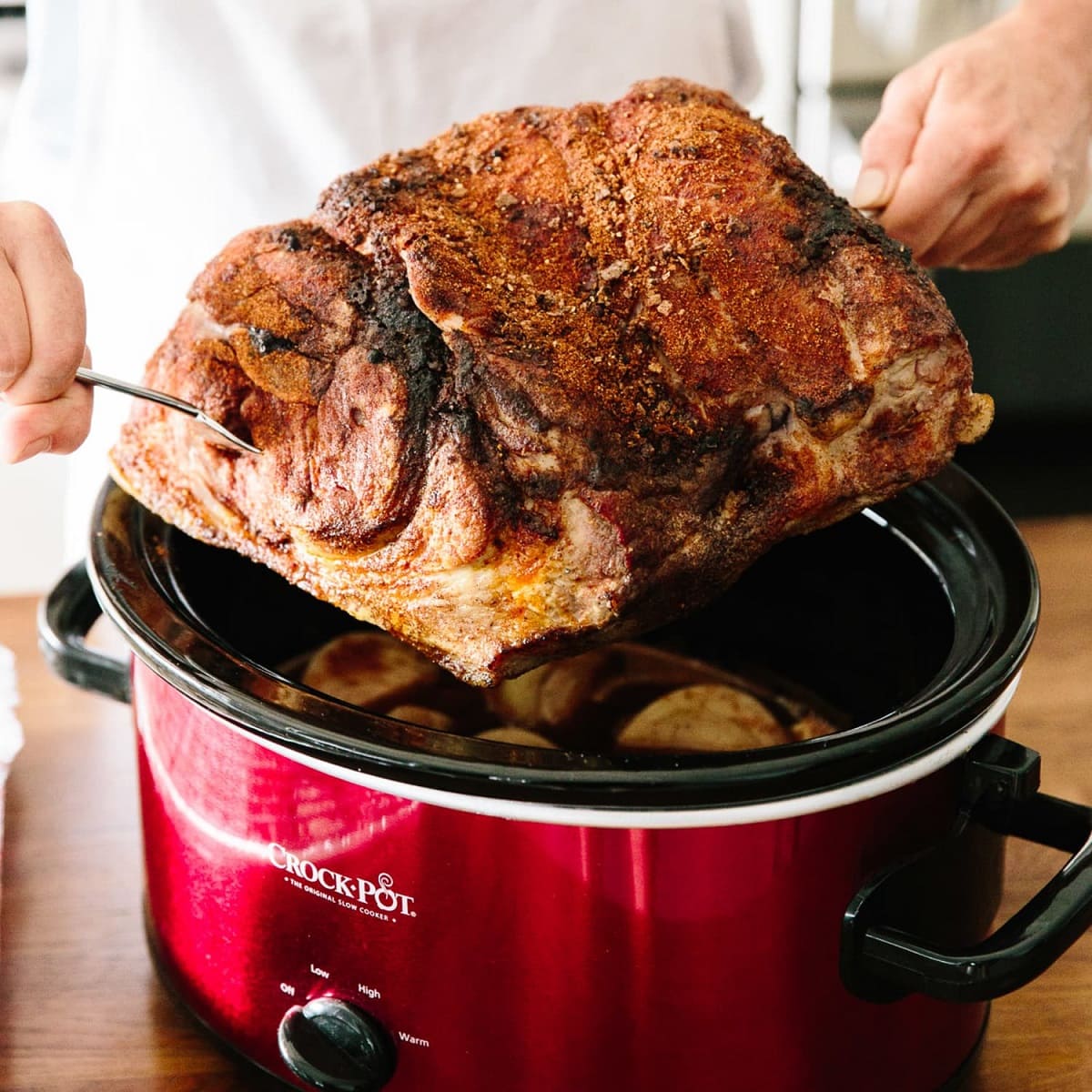
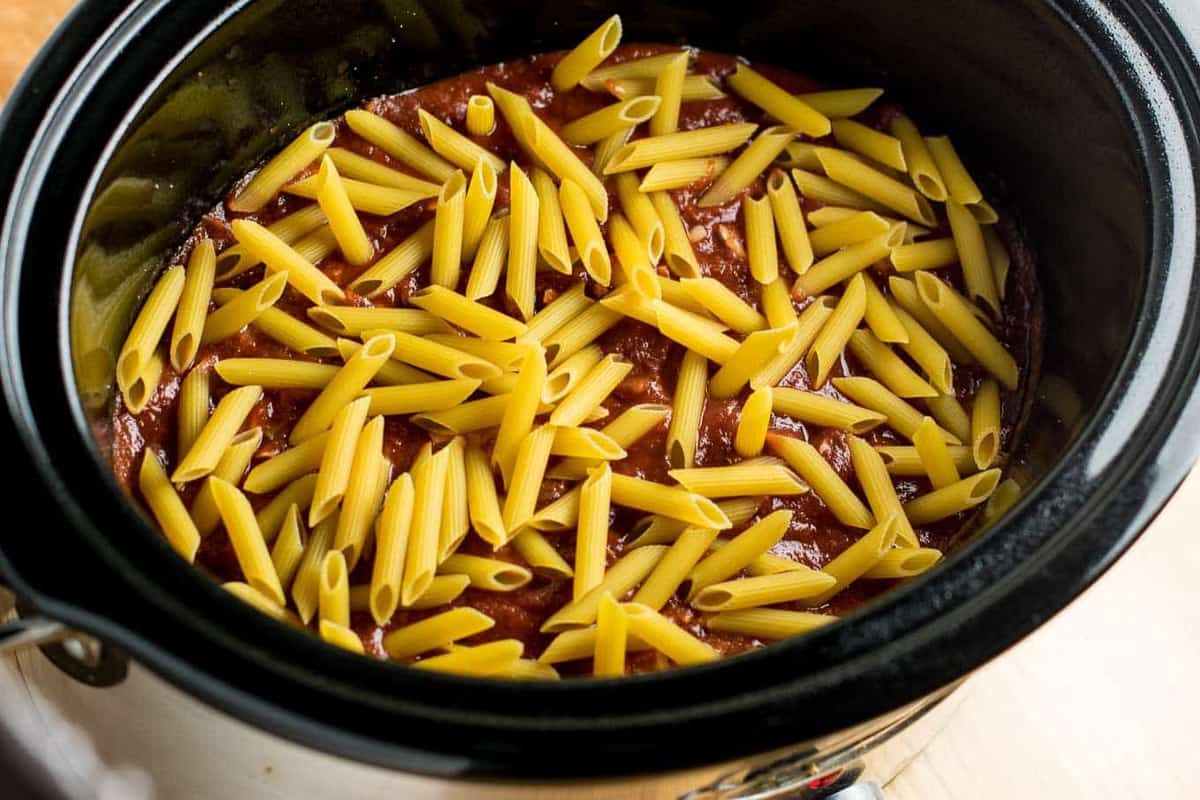
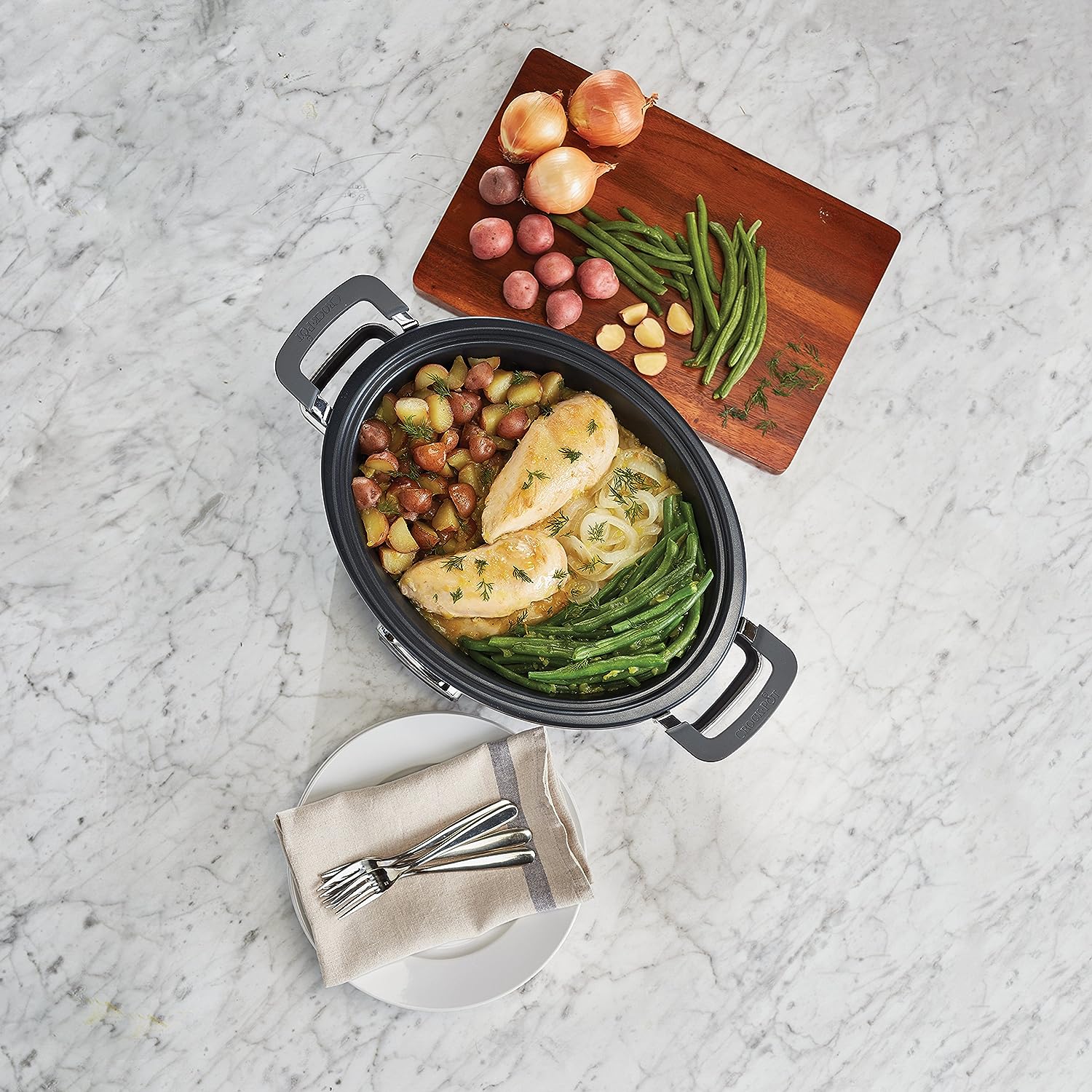
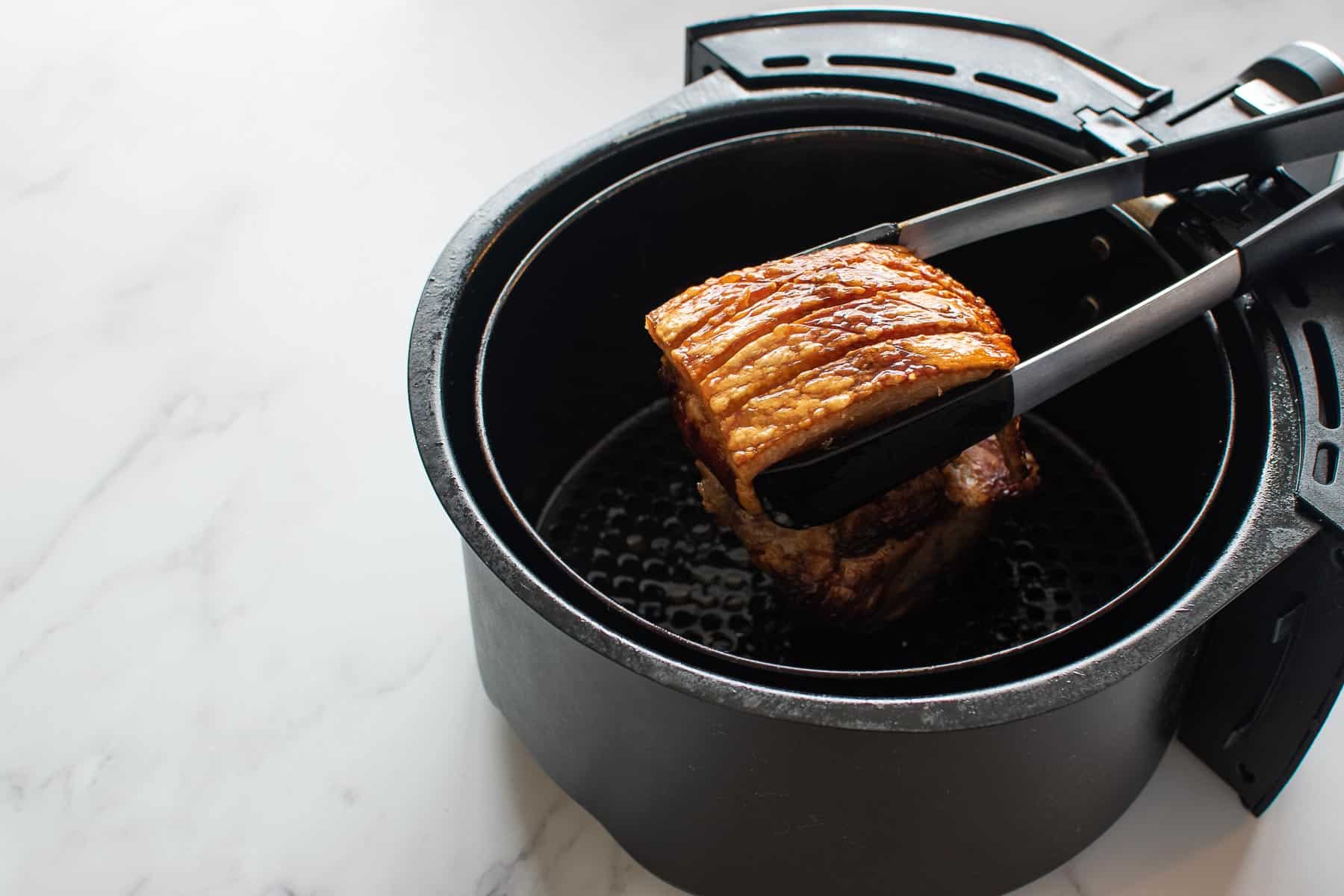
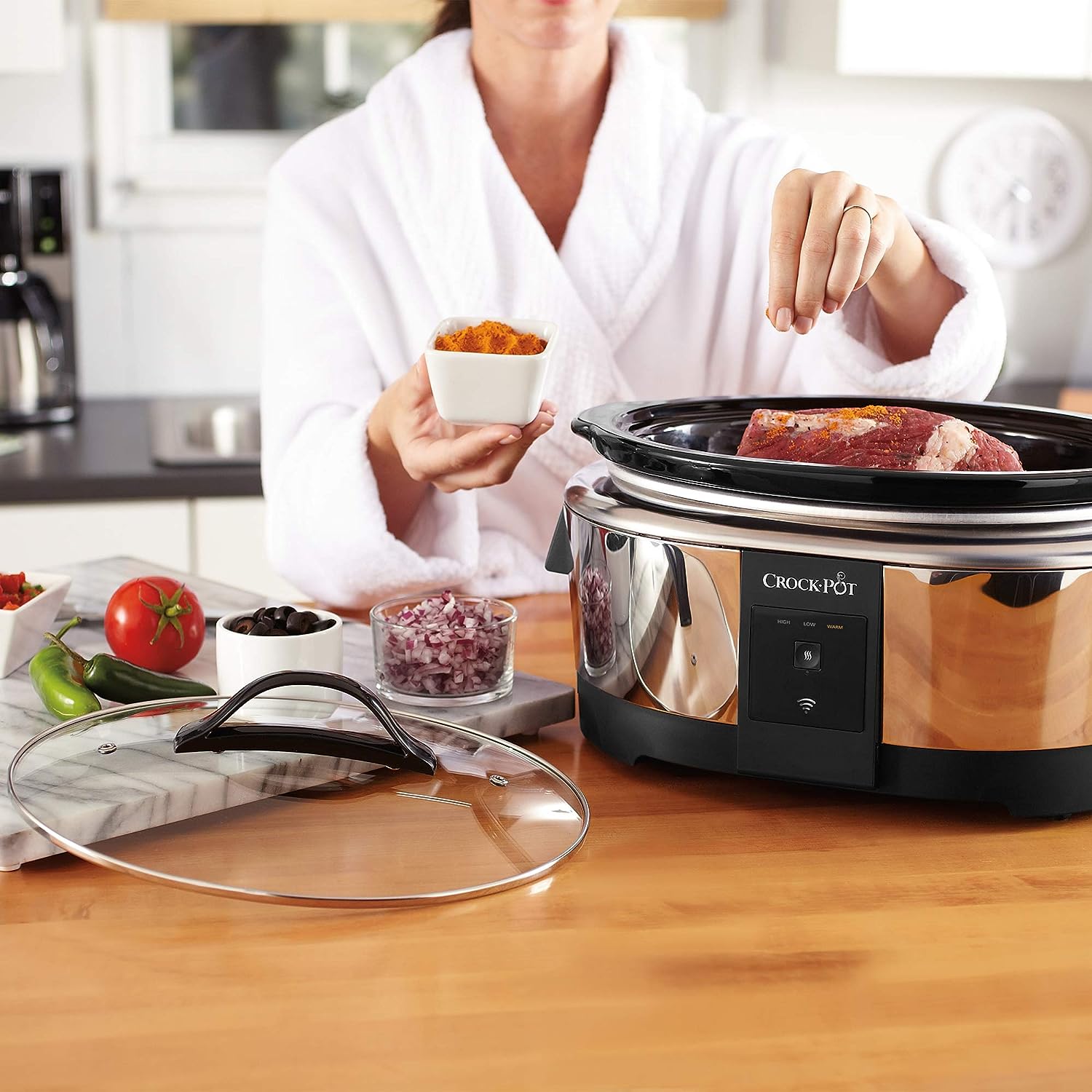
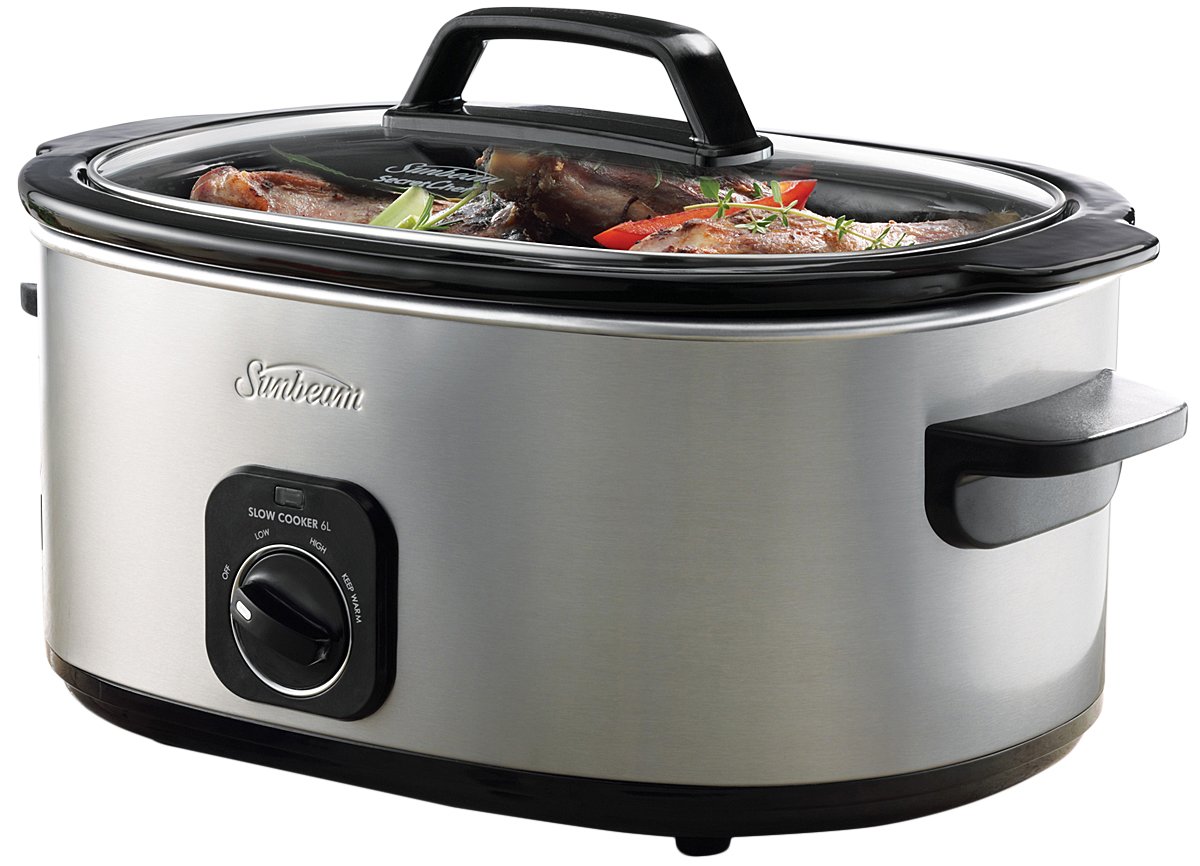

0 thoughts on “How Long Does It Take To Cook A Pork Roast In A Slow Cooker”